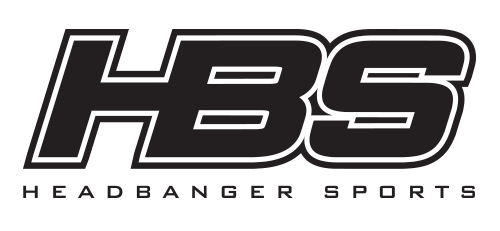No matter what level of baseball you play or what your position is, the importance of choosing the right baseball glove can’t be understated. The better the fit, the more control of their glove a player has, and the better they can get in a good position to catch and secure a ball. Getting a mitt in the right size will also add to your enjoyment of the game and just have you feeling right when you’re out there on the diamond.
But getting a baseball glove in the right size might not be as simple as it seems. If you’ve looked at a baseball glove size chart, you know that your options won’t be as simple as small, medium, or large. This is because there are a variety of elements that make up a baseball glove, and all of these parts come in different sizes to accommodate different hand shapes, positions, and play styles. It’s especially important to really understand the anatomy of a baseball glove, consult a baseball glove size chart, and take your time looking over your options when you’re looking for a mitt for a younger ball player because a glove that’s the wrong size can make them feel less confident and even make them develop bad catching and fielding habits.
Whether you’re looking for a glove for yourself or someone else, consider this your definitive guide to baseball glove sizing.

Understanding gloves
The first step to glove sizing isn’t to consult a baseball glove size chart or anything like that. Instead, you should familiarize yourself with all the different elements of a glove – the bridge, web, pocket, heel pad, and palm. It’s important to understand the difference between these things because you don’t want to be confusing one part for another before finding the right size. Once you know what’s what, you’re on to the next step.
Finding the right size
So, you’re now an expert in baseball glove anatomy, but how do you know what size to get? And what do all those measurements on a baseball glove size chart mean? The main way the size of a mitt is determined is by measuring the distance from the top of the index finger down to the center of the heel, and that’s the number you see on every different baseball glove size chart out there. However, because they’re typically much larger than the other types of mitts, catcher’s gloves are measured a little differently. The sizing for a catcher’s glove measures the circumference, the distance around the entire mitt, rather than the distance from top to bottom. This makes sense, considering catchers need as much surface area as possible and extra webbing so they can catch the ball from the pitcher every time.
Thankfully, manufacturers don’t expect you to carry a tape measure around with you and measure gloves for you. All mitts have their size etched into the material on either the thumb or pinky finger.
Getting the right size mainly depends on two factors – age and position. When it comes to age, younger ball players will need smaller glove sizes, and the older they get, the larger the glove they should have. When it comes to position, the recommended size for second base, shortstop, third base, and pitchers is about the same, and these gloves will be the smallest on the field. Gloves for first base and outfielders are a little larger, and then catcher’s mitts are the largest. A good baseball glove size chart should have sizes broken down by age and position to help you find the best fit.
Now you should be prepared to find the right baseball glove size for yourself and others, and Headbanger Sports has a wide selection of gloves from all the best brands. Start shopping today to find gloves and all the other gear you need!























































































